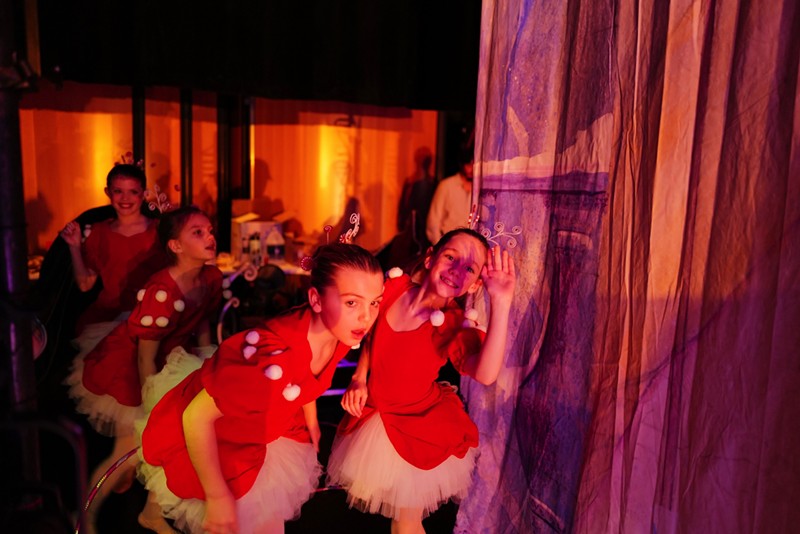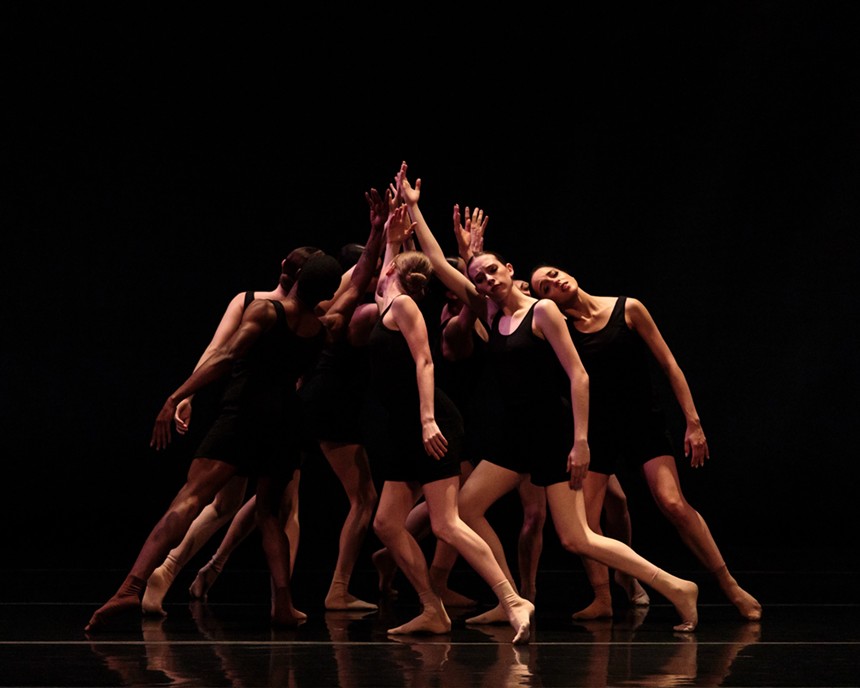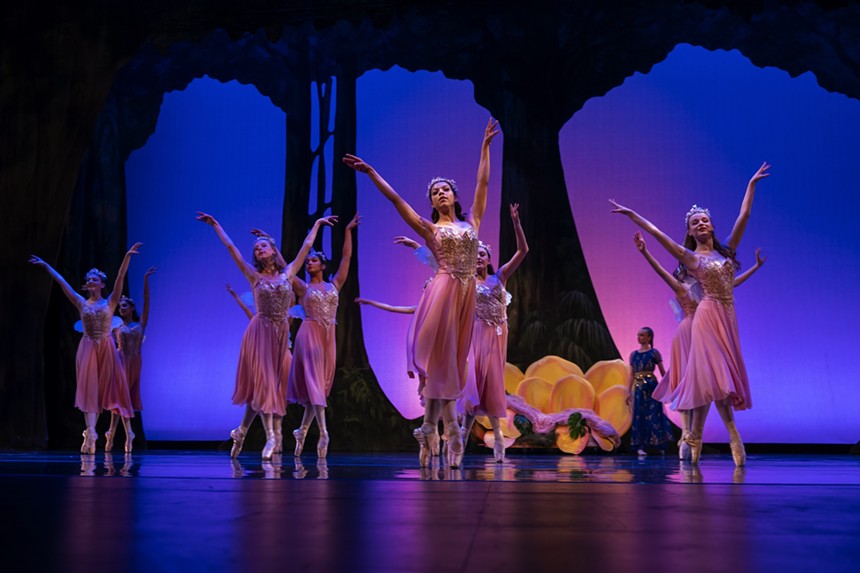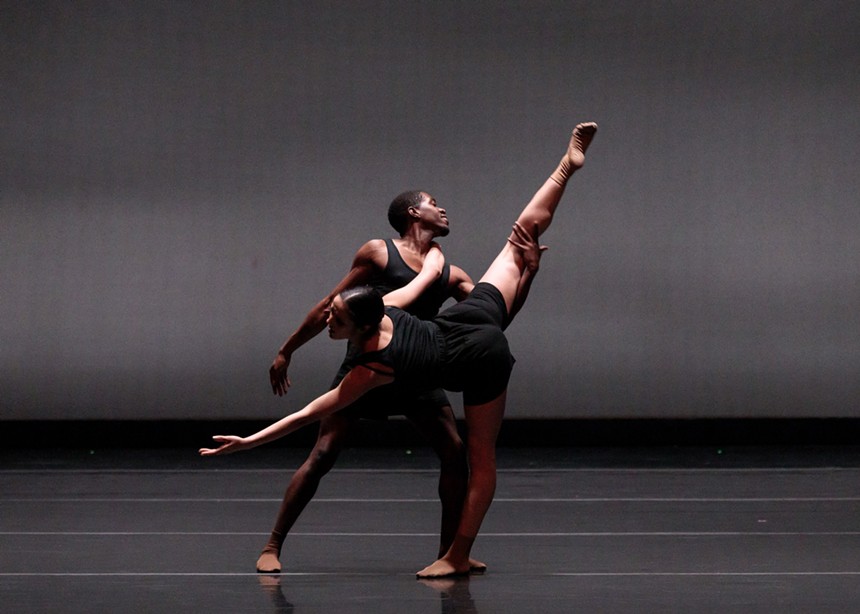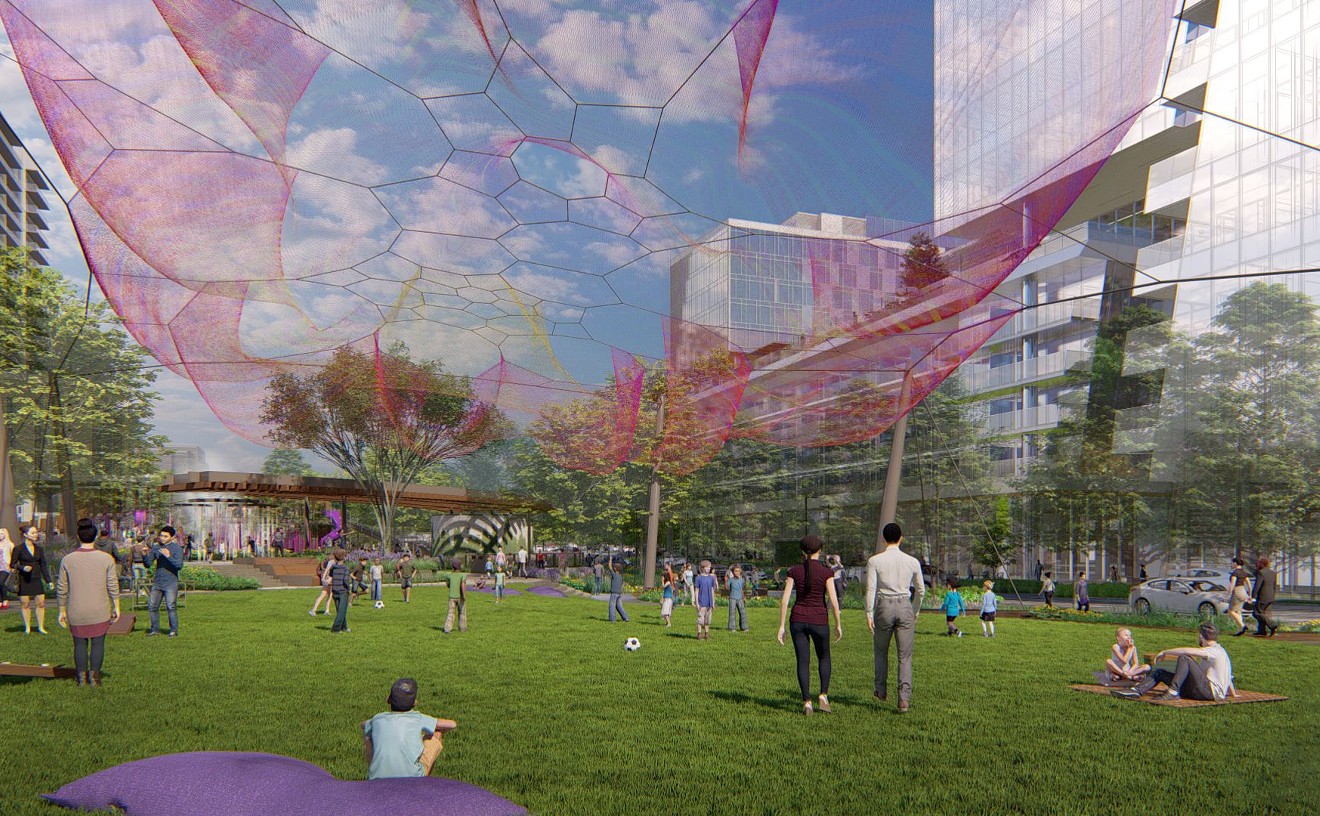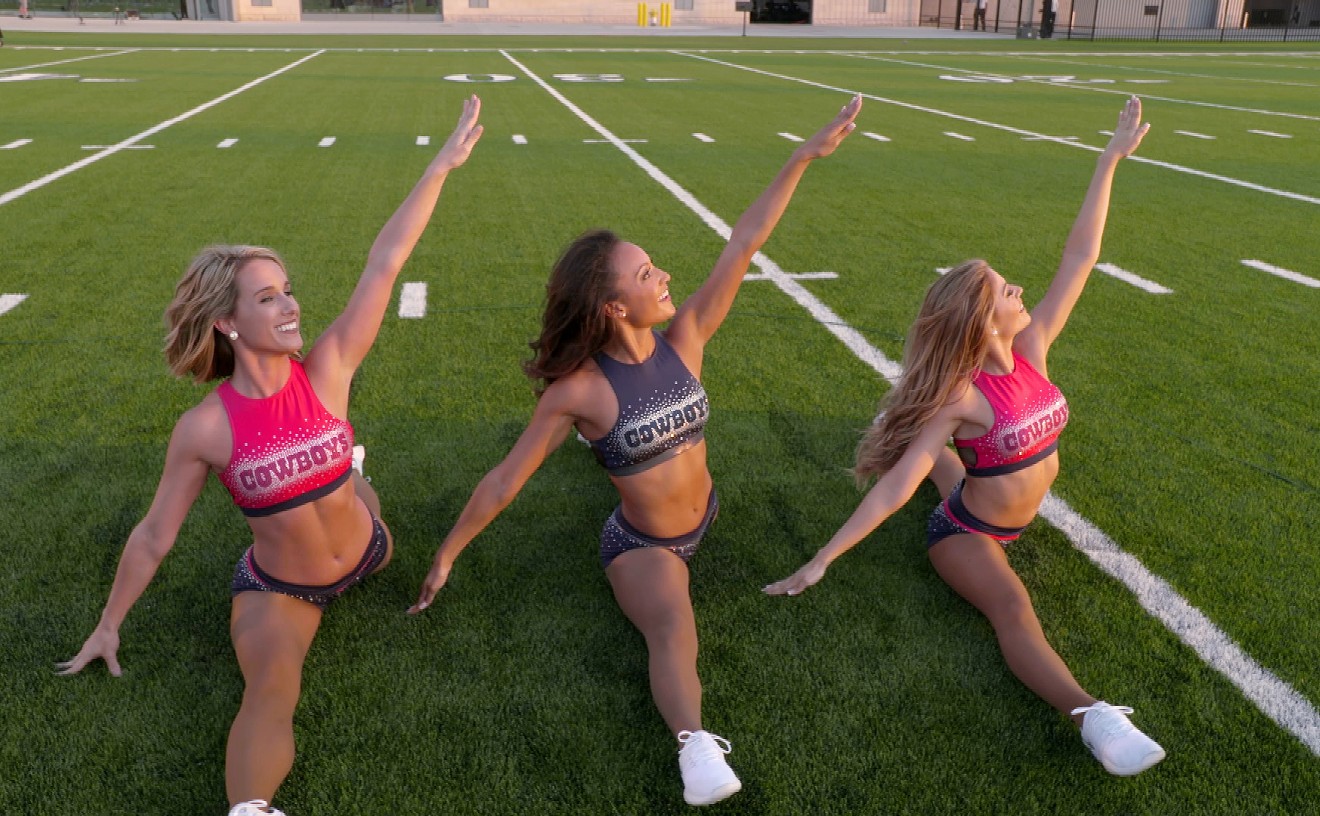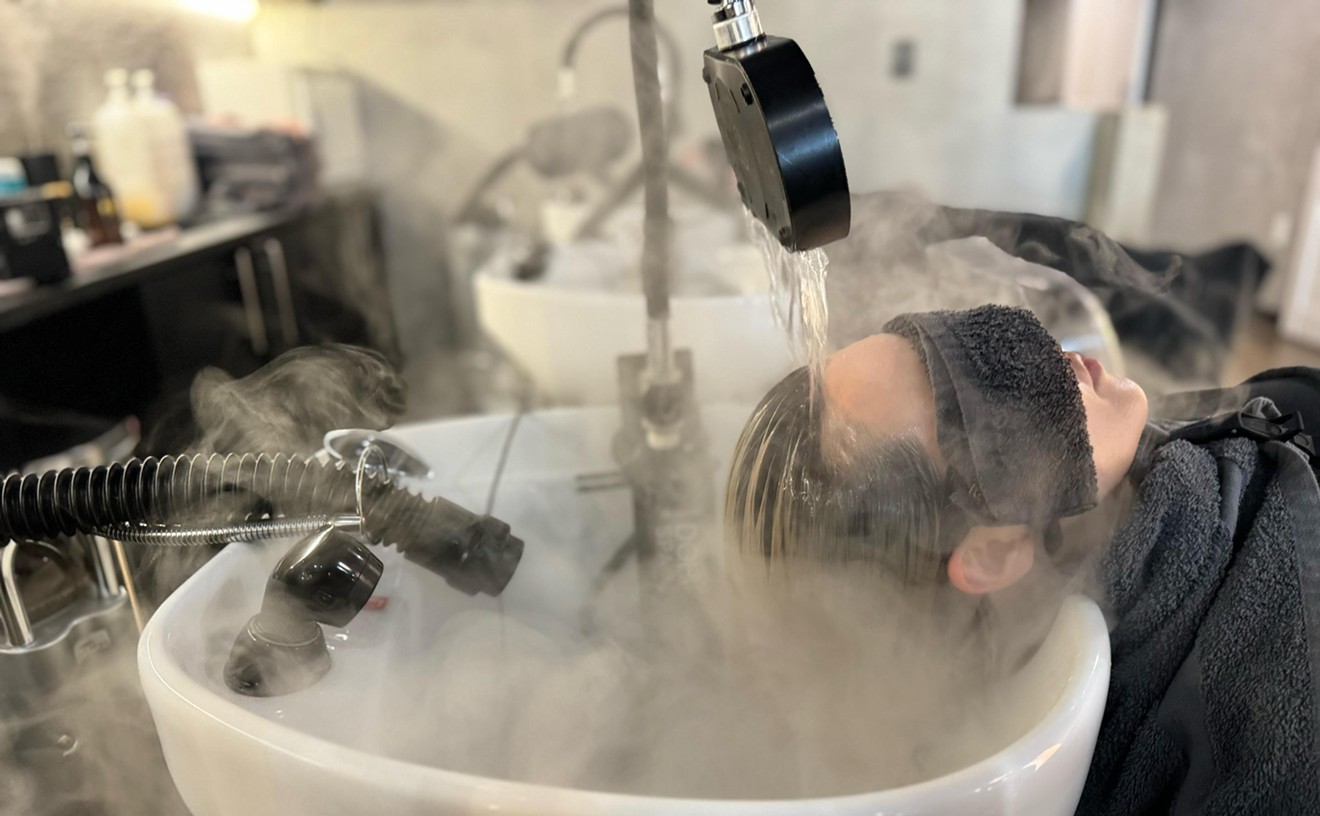Some may view this scene as the typical exciting environment of the ballet, but others find it too overwhelming and overstimulating to attend. With that in mind, Ballet North Texas is changing theater traditions to accommodate its more sensitive guests.
“I love every aspect of dance,” says Nicolina Lawson, Ballet North Texas’ executive and artistic director. “From class to rehearsal, to backstage to performance, I get euphoria from the whole process. It’s amazing and so important to me to get to share that with so many — as many — people as possible.”
Lawson has worked toward making a more inclusive dance environment since she founded her company in 2017. Throughout her years working and training as a professional dancer, Lawson met constant obstacles and was overlooked for opportunities to grow in her artistic field in favor of male counterparts with less experience. She decided to start her own company to freely express herself and inspire other female choreographers to do the same in an open and accepting space.
“It takes a lot to kind of break through those barriers in the arts industry,” Lawson says. “If you can't find the opportunities, you have to create them for yourself.”
Lawson discovered other ways in which traditional dance hindered participation. In discussions with family and friends, Lawson realized some of their children were not able to attend ballet productions because of the overwhelming environment of the theater, and no alternatives were provided for them at the time.
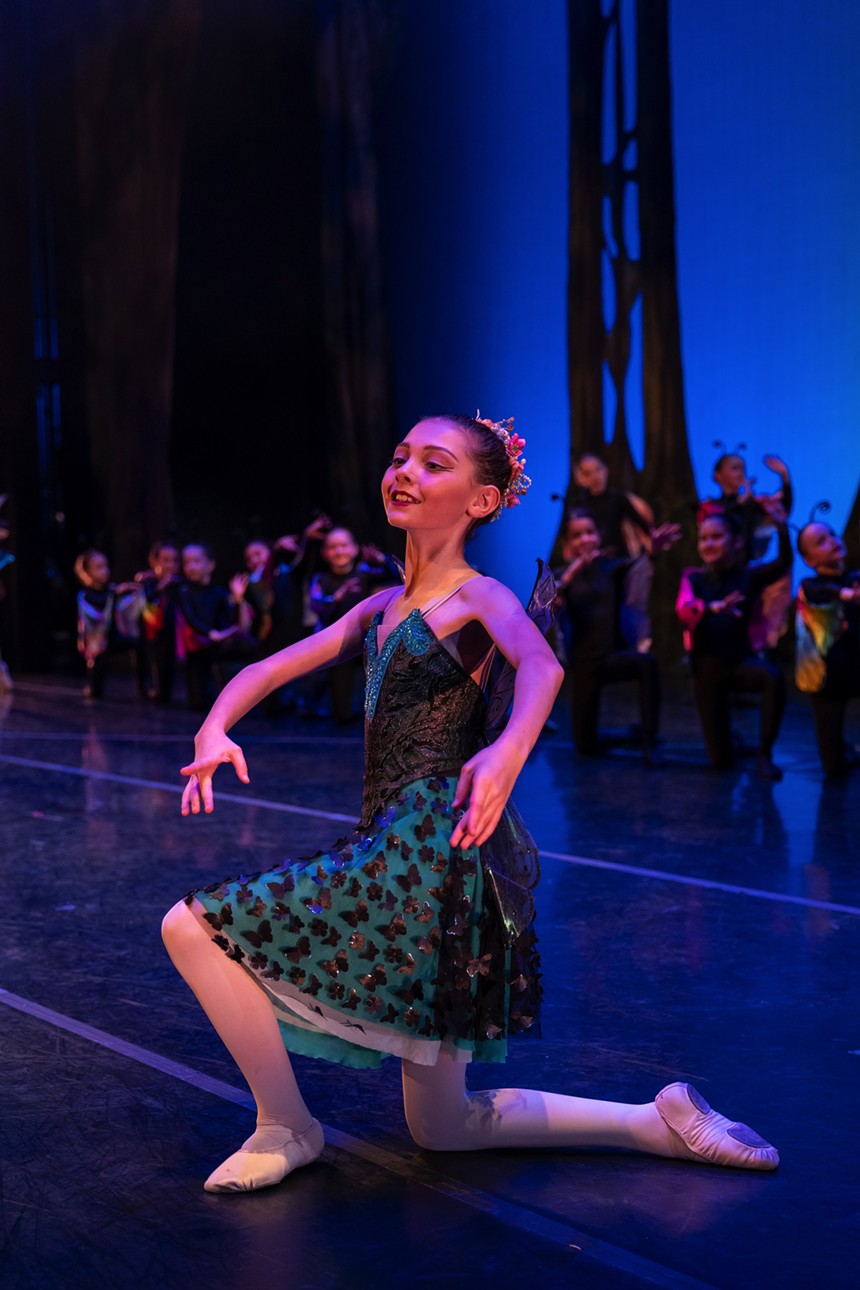
Ballet North Texas is making adaptations it hopes will encourage more kids to participate. Here's a scene from A Midsummer Night's Dream.
Jonathan Kilcullen
Several dance companies across the country now more openly offer sensory-friendly performances and programs, but Ballet North Texas was one of the first, in 2018. The lack of options for guests further spurred Lawson to create new opportunities for DFW families interested in dance.
“It was just so apparent that it needed to be done,” Lawson says. “We had to keep growing it. We had to keep moving forward with this concept.”
Children and adults who are sensory sensitive are part of a wide spectrum, Lawson says. Some have developmental and intellectual disabilities, like autism and Down syndrome. Others have disorders more directly correlated to sensory triggers, like PTSD, and some face emotional challenges because of social anxieties.
To tackle these audience accessibility issues, Lawson has two main ongoing projects.
“I use that term very loosely, because I feel like projects have an end, and I don't feel like anything that we're doing here has one,” Lawson says. “It's neverending. It's always got another step it can take.”
Project one is the ongoing production of sensory-friendly performances. Held separately from traditional shows, these performances provide a more relaxed and inclusive experience for children and families.
To prevent excessive stimulation for sensitive guests, Ballet North Texas reduces sound levels, especially for loud and surprising noises. Other changes include half-lit house lights and trained staff, ushers and other volunteers who are available to assist patrons through the show. Relaxed house rules also allow guests to move around, talk and use electronic devices freely during the performance.
“We've had kids stand up in the aisle way and start dancing and singing along to the music,” Lawson says.“It's like we're encouraging that participation, even from an audience perspective.”
In addition to productions, Ballet North Texas also offers specialized classes for students who are more sensitive. Some of them have been able to move up to traditional dance class settings, Lawson says.
“That shows a huge commitment from our kids,” Lawson says. “It’s a big step to get to that point.”
Lawson’s second project is to grow Ballet North Texas to be fully sensory accessible, meaning all performances are fit for sensitive audiences. She says the company is not yet there, but she is continuously researching and looking for small details, like reflective costume embellishments and floors, that could be changed to make the theater more welcoming for audiences of all levels of sensory sensitivity. Lawson has also learned about changes from other companies, like a readily available show playlist and synopsis to prepare unfamiliar audiences, that she hopes to provide herself online.
“It's like this living thing that can keep growing and we can keep evolving it and adapting it,” Lawson says. “I feel like after every performance, I'm researching a little bit more or finding out something new because you just learn something every day.”
Lawson says the ballet world is viewed by some as something elitist and unreachable. Through Ballet North Texas’ sensory adaptations, she hopes to show others in her community that dance is actually willing and able to grow and invite everyone in.
“You can't make people come to the theater, you have to make them want to come,” Lawson says. “It's constantly pulling in on all the different aspects and making a community within our company, but also an understanding of dance for the bigger, broader community.”
In short, Lawson wants everyone to love ballet as much as she does. Dance is something that has allowed her and many others to grow and flourish creatively. As a leader in her own community and company, she wants to welcome others to appreciate and become involved in it in the same ways and frequency that she has.
“I want ballet to be as much a part of the community as the park, I want it to be a part of our culture,” Lawson says. “We want the actual performances, the classes, the dancers themselves to be accessible so that people feel involved. The only way you can make sure that happens is to put in the time, the work and the effort for change.”

